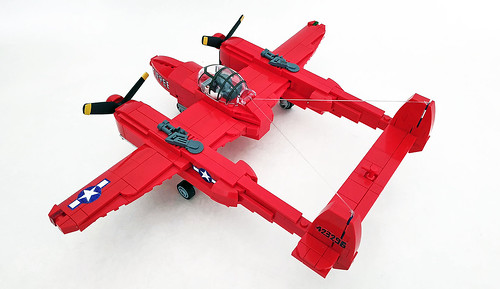Humanity still enjoys a good war every now and then. And, because it’s been five minutes since the last conflict in the Middle East, a new one is pulling more and more nations, factions and regions towards it.
Of course for those caught within its gravity the conflict is a necessity, a fight for justice, freedom, and the will of God. Whichever side they are on.
The Second World War was perhaps a clearer fight between, perhaps not Good, but certainly against Evil. The Nazis’ ideology, with all of its death, pain and dehumanisation, was eventually defeated, and – whilst countless nations made enormous sacrifices – had the U.S remained neutral an Allied victory would have been all-but-impossible.
Hitler never sought to invade the Unites States, yet over 16 million Americans served during the conflict, of which 300,000 never returned home, and financing the war cost almost 40% of America’s GDP by 1945.
Capturing one tiny moment amongst the thousands in which the U.S contributed, previous bloggee Nicholas Goodman is here depicting the U.S push across Europe in the summer of 1944. A Willys Jeep, Sherman tank, and custom mini-figures pause to regroup, all carefully and accurately recreated in brick-form.
There’s more of Nicholas’ beautiful wartime builds to see on Flickr; take a look via the link above, and you can click here to see one way you can help today, as war spirals out of control once again.





























